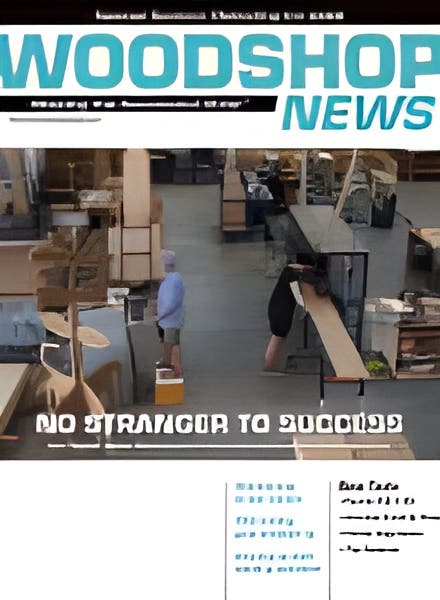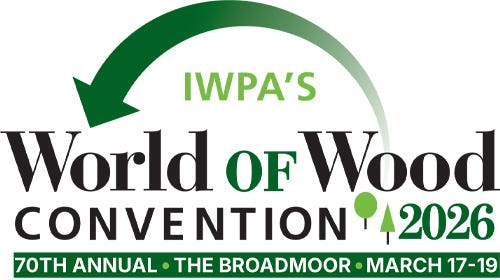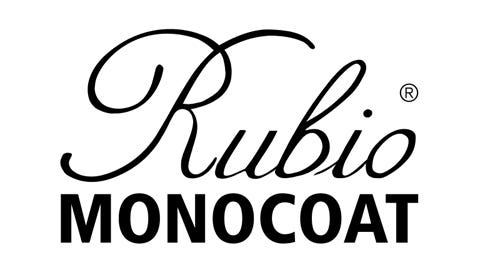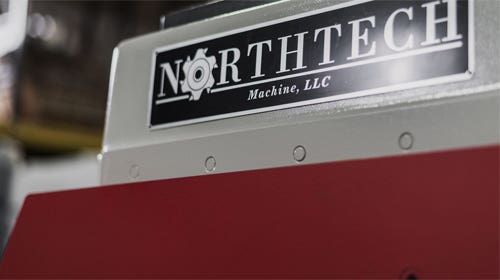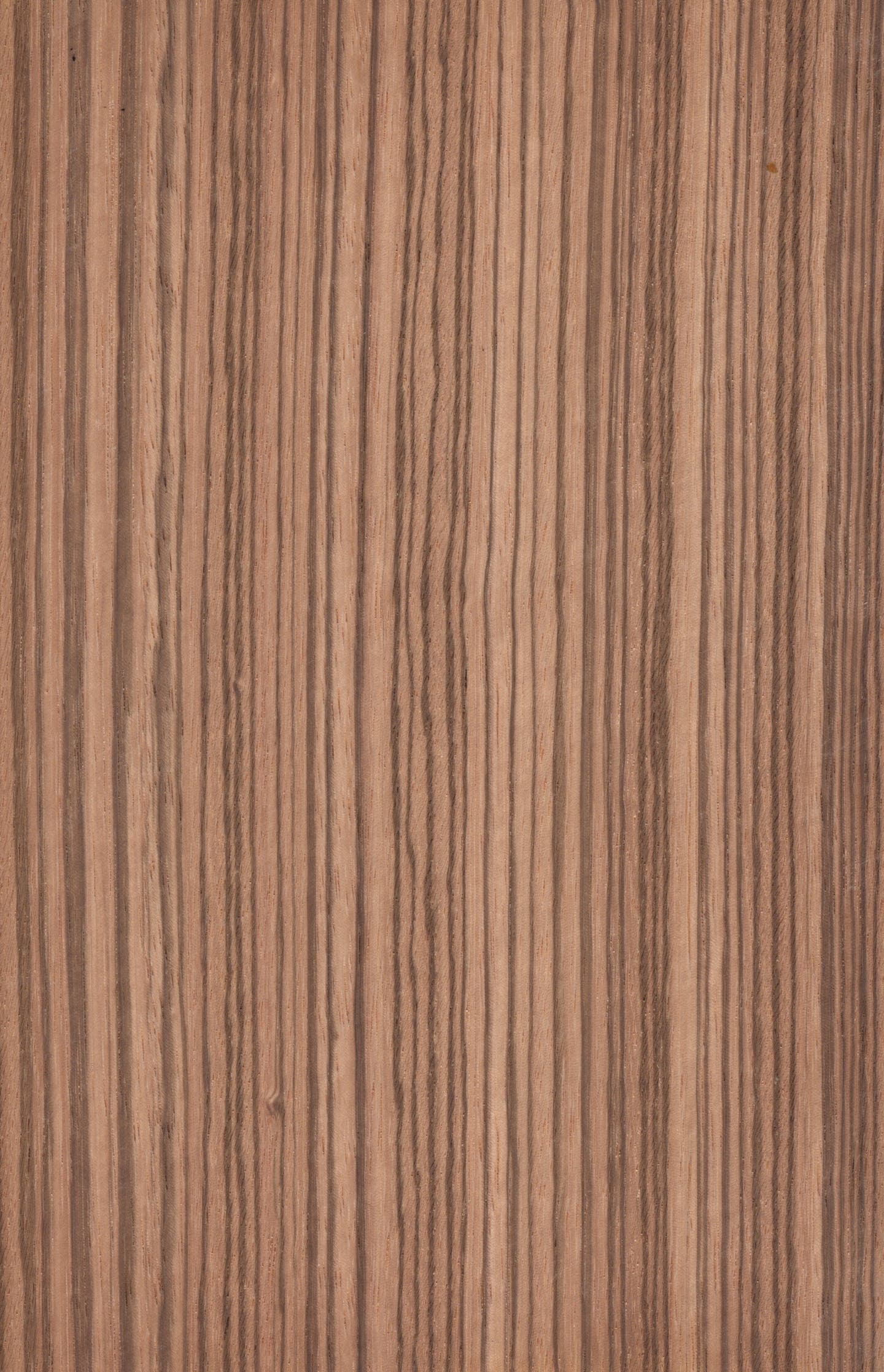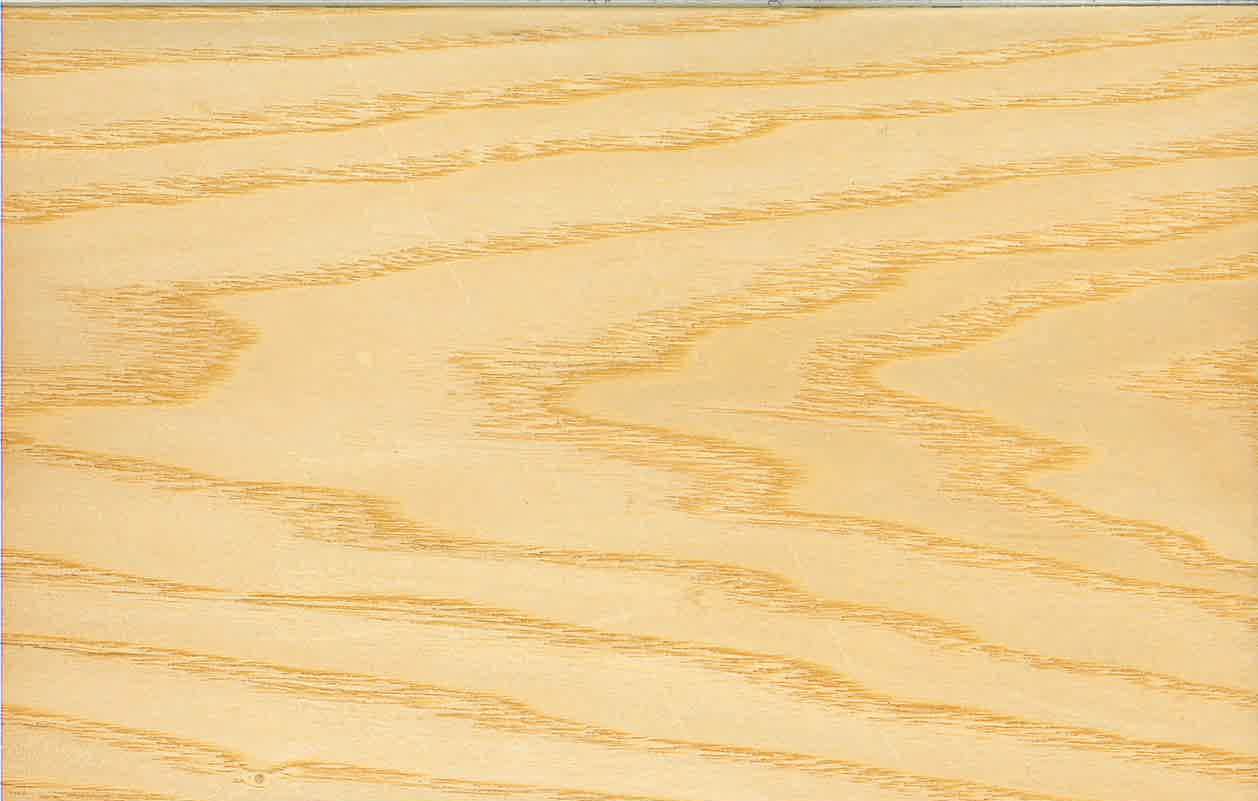Sales remain slow and steady for alder
Alder is currently selling, but not at the pace it has been in prior years. Commonly referred to as red alder, American alder and Western alder, the species (Alnus rubra)…
Alder is currently selling, but not at the pace it has been in prior years. Commonly referred to as red alder, American alder and Western alder, the species (Alnus rubra) grows from California up into Canada. It comes in clear and knotty variations, depending on how much visual character buyers want in their final product.
Myles Gilmer, owner of Gilmer Wood Co. in Portland, Ore., says he sells some alder, but it’s not a top seller.
“To be honest with you, most of the sales that I’ve had in alder for the past two years have been for body blanks for solid-body guitars. We still have a couple of customers that use common and better grades for interior parts of upholstered armchairs and sofas and that sort of thing,” says Gilmer.
“It’s not a bad wood. It’s not the most stable wood in the world but, for example, for solid-body guitars it’s fairly lightweight and inexpensive. It’s always used as kind of an underlayment wood for solid guitars because it almost always has a laminate on both sides for the visual looks; so it’s a core wood.
“Portland is the center of a lot of the alder that’s going to China. It grows rapidly, like a weed. It’s a species that likes a lot of water and in the Northwest there’s a lot of water. A lot of times you’ll see stands growing in watershed areas along creeks. In 30 years, you can probably get a tree that’s close to 2’ in diameter.”
Scott Roberts of Roberts Plywood in Deer Park, N.Y., sells alder plywood, lumber and veneer in clear and knotty variations.
“It’s a 50-50 mix on what I get on requests and for sales. The one feedback I have gotten for the guys working with the solid wood is they say it works well. Other customers use it smoking fish or poultry,” says Roberts.
“In the past six months, prices have remained steady. We sell between 90 and 120 [plywood] sheets a month. It’s not a big mover like rift white oak or walnut, but there are some calls for it. We mostly see people using it for kitchen cabinetry. Some of the requests are for the clear and clean look and others are for the knotty rustic look.”
Steve Jackel of West Coast Woods of Watsonville, Calif., says alder sales have decreased in the last year.
“It has significantly softened. I know the price went up. All of the lower cost, frame-type woods went up in price over the past year around 15 percent. But I think it went up to closer to 25 percent, then I guess the supplies went up at the mill level and they backed down,” says Jackel.
“Alder is a real designer-driven wood because it stains very well. So they’ll use it to achieve color specifications to match the floor or ceiling paint. Demand is very much project-driven.”
Common and better grade 4/4 alder sells for $4 to $5/bf.
This article originally appeared in the July 2014 issue.

